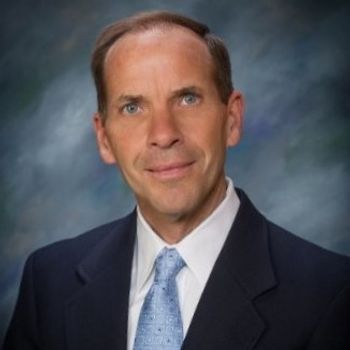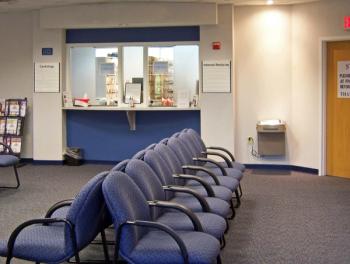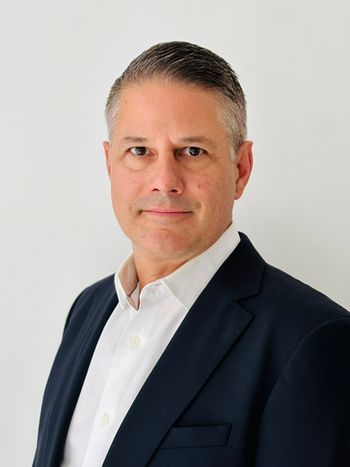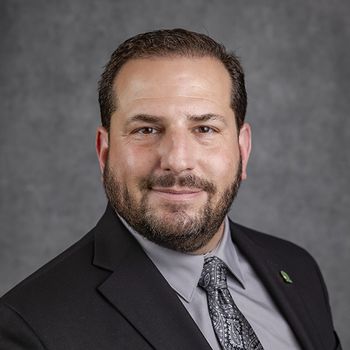
First, don’t disappear: Independent practices continue losing ground to hospital systems and corporations
Nearly four in five doctors now work for a health care institution or corporate entity
Doctors in
The report from the Physicians Advocacy Institute and Avalere Health shows
In addition, for the first time, corporate entities such as health insurance companies,
“Corporate entities are assuming control of physician practices and changing the face of medicine in the United States with little to no scrutiny from regulators,” Kelly Kenney, PAI chief executive officer said in an accompanying news release. “Physicians have an ethical responsibility to their patients’ health. By contrast, corporate entities have a fiduciary responsibility to their shareholders and are motivated to put profits first. In some arrangements, these interests can conflict with providing the best medical care to patients.
“It’s absolutely critical that physicians retain autonomy over medical decisions and the relationship with patients remains grounded in providing the best clinical guidance,” he added.
The COVID-19 pandemic accelerated the movement away from independent practice, the report shows. From January of 2019 through January of 2022 the number of doctors working for hospitals or corporate entities increased by 29%, from 375,400 to 484,100. The rate of increase has since slowed to about 4%. Overall, 127,700 more physicians became employees of hospital or corporate entities between January of 2019 and January of 2024.
Broken down by geographic region, the northeast saw the largest percentage increases in both hospital-employed physicians (23.4%) and hospital-owned practices (23%). The Midwest had the smallest increase in hospital-employed physicians (13.3%), while the west had the smallest in hospital-owned practices (13.9%).
Among corporate-employed physicians, the biggest increase occurred in the south at 59.5%, while the northeast saw the smallest at 30.4%. For corporate-owned practices, the south had the largest gain at 115.6%, and the Midwest the smallest at 87.4%.
Physician groups expressed concern over the report’s findings. Gary Price, MD, president of The Physicians Foundation said, “These trends have ominous implications regarding accessibility and costs of healthcare. The report does also raise serious questions about physician's ability to continue to exercise independent judgement in the best interest of their patients at a time when a steady erosion of autonomy is a key factor in burnout.”
“Hospital and corporate entities acquiring primary care practices are often motivated to leverage physicians to maximize savings or profit somewhere upstream,” noted R. Shawn Martin, executive vice president and CEO of the American Academy of Family Physicians. “When these incentives are misaligned, physicians lose clinical autonomy, and often experience moral injury as they are asked to prioritize organizational needs over those of their patients.”
Newsletter
Stay informed and empowered with Medical Economics enewsletter, delivering expert insights, financial strategies, practice management tips and technology trends — tailored for today’s physicians.















